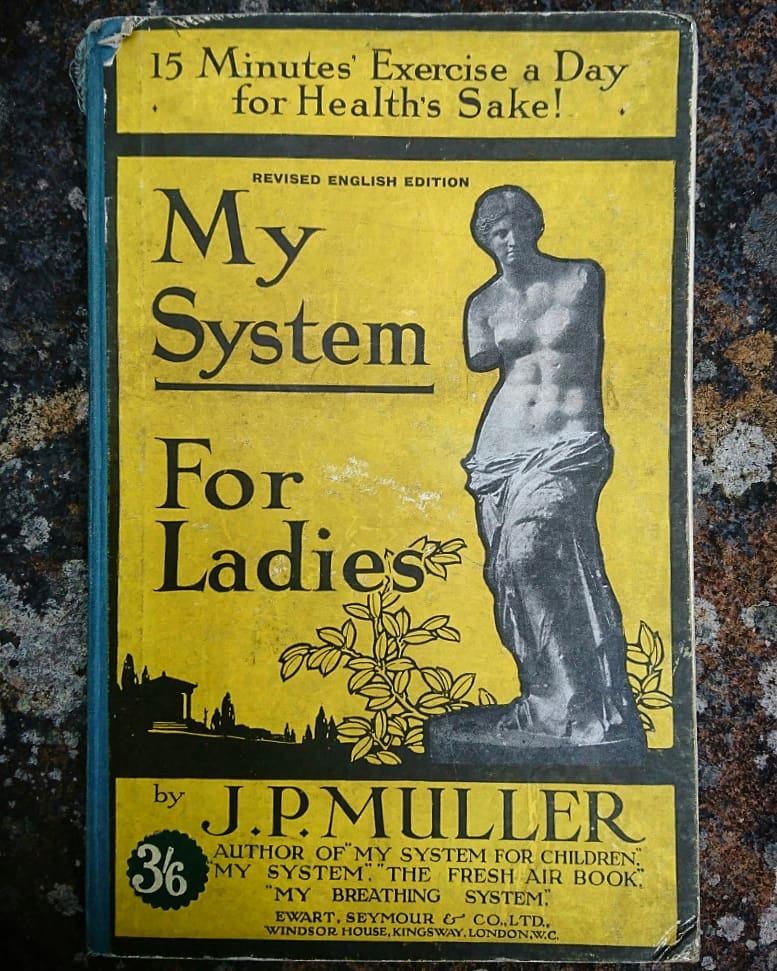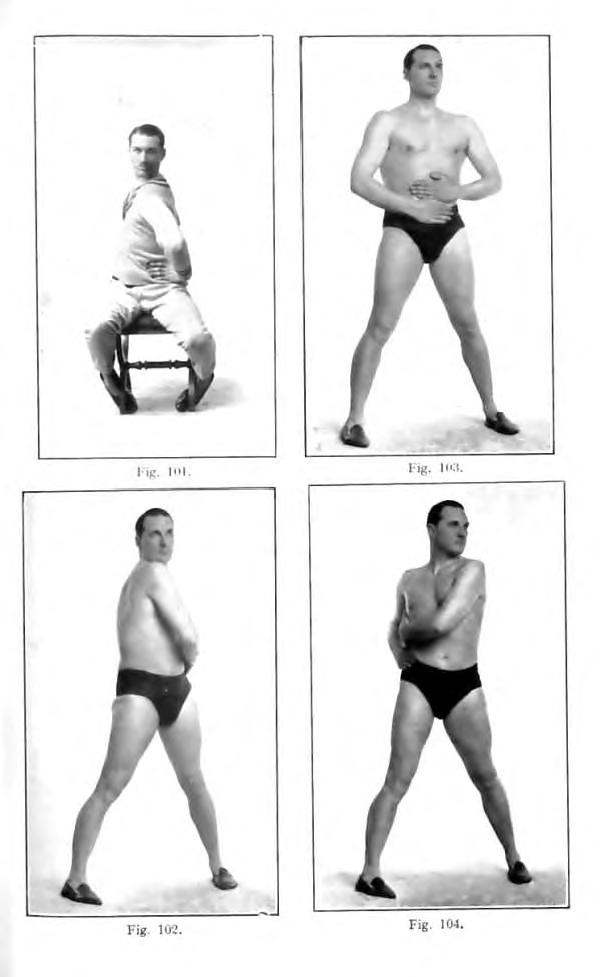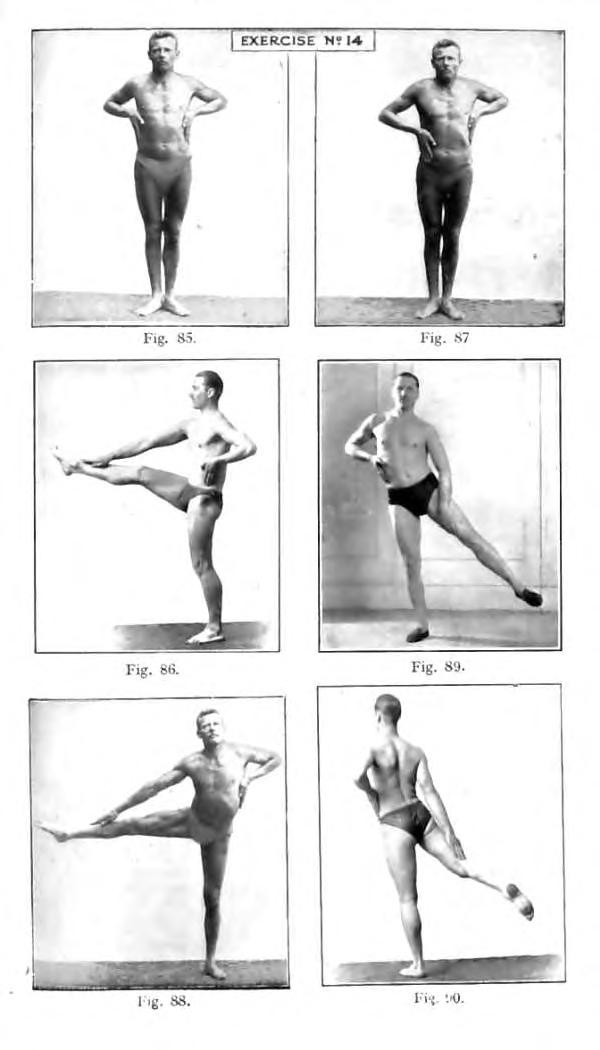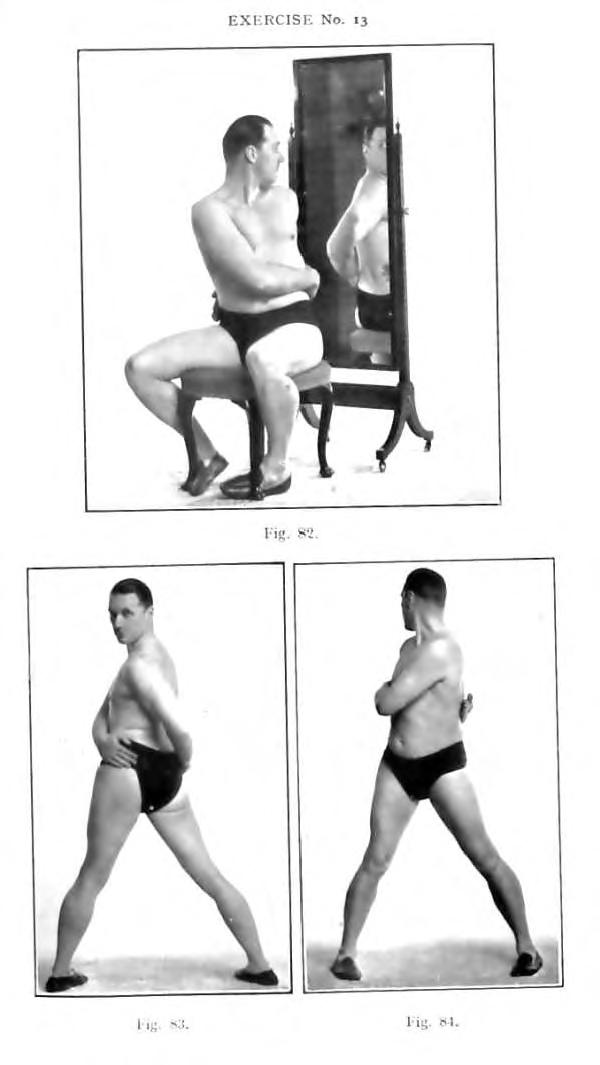Does your spare tire show no signs of deflating as bikini season looms?
Is the fear of bullies kicking sand in your face beginning to outstrip the horror of transforming into a giant bug overnight?
Do you long to experience lasting health benefits along with an impressively fit appearance?
Friends, we make you this promise: The Amazing Franz Kafka Workout will transform your life along with your physique in just 15 minutes a day.
That’s right, just 15 minutes of daily calisthenics (and some common sense practices with regard to diet, sleep, and hygiene) is all it takes. Even pencil-necked authors walking around with their backs bowed, their shoulders drooping, their hands and arms all over the place, afraid of mirrors because they show an inescapable ugliness, can discover the confidence that eludes them, through improved posture, breathing, and muscle tone.
(Note: the Amazing Franz Kafka Workout will not protect you from the pernicious, eventually fatal effects of tuberculosis.)
The Amazing Franz Kafka Workout is more correctly attributed to fitness guru Jørgen Peter Müller, above, the author of several exercise regimen pamphlets, including the bestselling My System: 15 Minutes’ Exercise a Day for Health’s Sake, which was published in 1904 and then translated into 25 languages.
Kafka was definitely the best known of Müller’s devotees, scrupulously running through the prescribed exercises morning and evening, wearing nothing more than the skin he was born in—another practice Müller heartily endorsed.
The chiseled Mr. Müller was a proponent of regular dental check ups, sensible footwear, and vigorous toweling (or “rubbing”), and an enemy of constrictive woolen underwear, closed windows, and sedentary lifestyles. My System includes some observations that wouldn’t sound out of place in a Kafka novel:
The town office type is often a sad phenomenon prematurely bent, with shoulders and hips awry from his dislocating position on the office stool, pale, with pimply face and pomatumed head, thin neck protruding from a collar that an ordinary man could use as a cuff, and swaggering dress in the latest fashion flapping round the sticks that take the place of arms and legs! At a more advanced age the spectacle is still more pitiable… the eyes are dull, and the general appearance is either still more sunken and shriveled or else fat, flabby, and pallid, and enveloped in an odour of old paper, putrified skin grease, and bad breath.
In an essay on Slate, Sarah Wildman, the descendent of two lean Müller fans, delves into the Müller System’s popularity, particularly amongst 20th-century European Jews.

Just as best-selling fitness experts do today, Müller beefed up his franchise with related titles: My System for Ladies, My System for Children, and My Sunbathing and Fresh Air System.
The original book is in the public domain and can be downloaded for free from the Internet Archive, where one commenter who has been following the system for nearly seventy years gives it a hearty thumbs-up for its stamina restoring powers.
Others seeking to make a buck by charging for Kindle downloads have the decency to offer free instructions for each of the individual exercises, including Quick Sideways Bending of Trunk (with Rubbing) and the plank‑y Bending and Stretching of the Arms, partly Loaded with the Weight of the Body.
Even those unlikely to perform so much as a single deep knee bend should get a bang out of the original photo illustrations, which, back in 1904, were as ripe for erotic double duty as the wholesome men’s physique mags of the 50s and 60s.
Insert speculation as to Kafka’s sexual orientation here, if you must.



Related Content:
77 Exercises: A Workout Video For Fans of the Talking Heads
What’s a Scientifically-Proven Way to Improve Your Ability to Learn? Get Out and Exercise
Ayun Halliday is an author, illustrator, theater maker and Chief Primatologist of the East Village Inky zine. Join her in New York City tonight, March 11, for the next installment of her ongoing book-based variety show, Necromancers of the Public Domain. Follow her @AyunHalliday.

